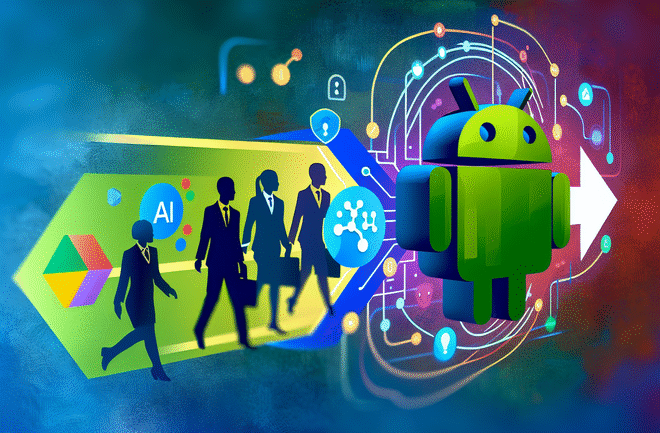In the race among tech giants to dominate the field of artificial intelligence, Apple finds itself in the uncomfortable position of needing to catch up. Recent announcements at their developers conference underscored this reality, revealing a focus on refinement and user experience over groundbreaking innovation. While Apple remains a powerhouse in consumer electronics, the unveiling was marked by an aura of introspection and recalibration, a subtle nod to their recent missteps in the AI arena.
This year, Apple’s developers conference emphasized incremental software upgrades and aesthetic improvements, aiming to reinforce its ecosystem with a smoother, more cohesive user experience. These changes, while necessary for maintaining user satisfaction and loyalty, highlight a shift in Apple’s narrative—one that is adjusting to the rapidly evolving demands for AI integration. Despite their vast resources, Apple’s late stride into AI highlights how traditional strength in design and hardware is no longer sufficient without the cutting-edge advancements that AI promises.
External pressures are compounding Apple’s position as well. The ongoing trade tensions between China and the United States, fueled by policies from the Trump administration, present supply chain challenges that could disrupt operations and increase costs. This economic climate adds layers of complexity, pushing Apple to innovate within tighter constraints and heightening the importance of each product and software release. Navigating these geopolitical hurdles requires strategic acumen as much as technical prowess.
Moreover, within the broader ecosystem of Big Tech, Apple’s journey is reflective of a larger technological upheaval. With tech companies racing to integrate AI capabilities more deeply into their offerings, the landscape is rapidly transforming. Whether through automated personal assistants or enhanced data processing, AI is becoming the backbone of the modern tech experience. Apple’s cautious steps towards embracing these changes suggest a need to balance their reputable brand identity with the agility to adapt and compete in a world that’s being reshaped by AI.
In conclusion, Apple’s recent software update is a reminder that even industry giants must occasionally recalibrate their strategies to stay relevant. As they continue to navigate the turbulent waters of AI competition and international trade dynamics, their path forward will hinge on how well they can blend their core strengths with the demands of the future. While Apple’s immediate focus on design improvements may seem modest, it represents a strategic pivot—one that acknowledges past oversights while laying groundwork for future advancements in a rapidly changing tech landscape.










